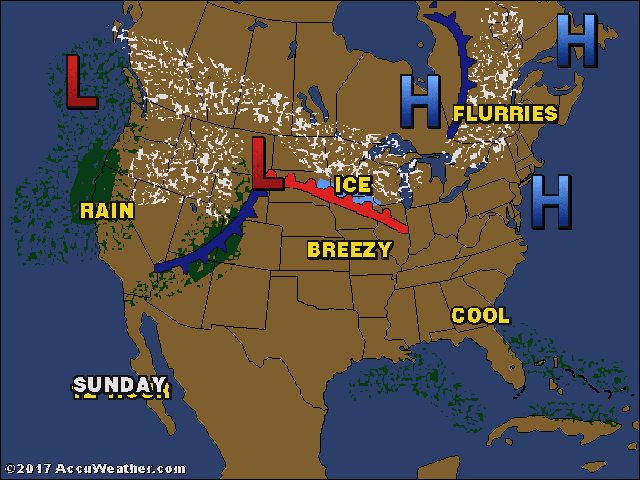rbridges
En-Route
I'm planning to fly to Williamston, NC on friday. I checked the weather forecast, and right now they are calling for a low of 31 with a slight chance of snow at the destination airport.
Honestly, I don't think it's happening, but I don't want to be that guy you read about in the NTSB reports. I plan to leave central GA around 3 and should be there around 530pm.
I plan to leave central GA around 3 and should be there around 530pm.
In a nutshell, what is the best way to find out if it's a no-go? I know to look at the TAF and METARs. I will file an instrument flight plan, so I will obviously get a weather briefing. Anything else important I need to do? I'd rather look dumb and ask.
Honestly, I don't think it's happening, but I don't want to be that guy you read about in the NTSB reports.
 I plan to leave central GA around 3 and should be there around 530pm.
I plan to leave central GA around 3 and should be there around 530pm.In a nutshell, what is the best way to find out if it's a no-go? I know to look at the TAF and METARs. I will file an instrument flight plan, so I will obviously get a weather briefing. Anything else important I need to do? I'd rather look dumb and ask.


